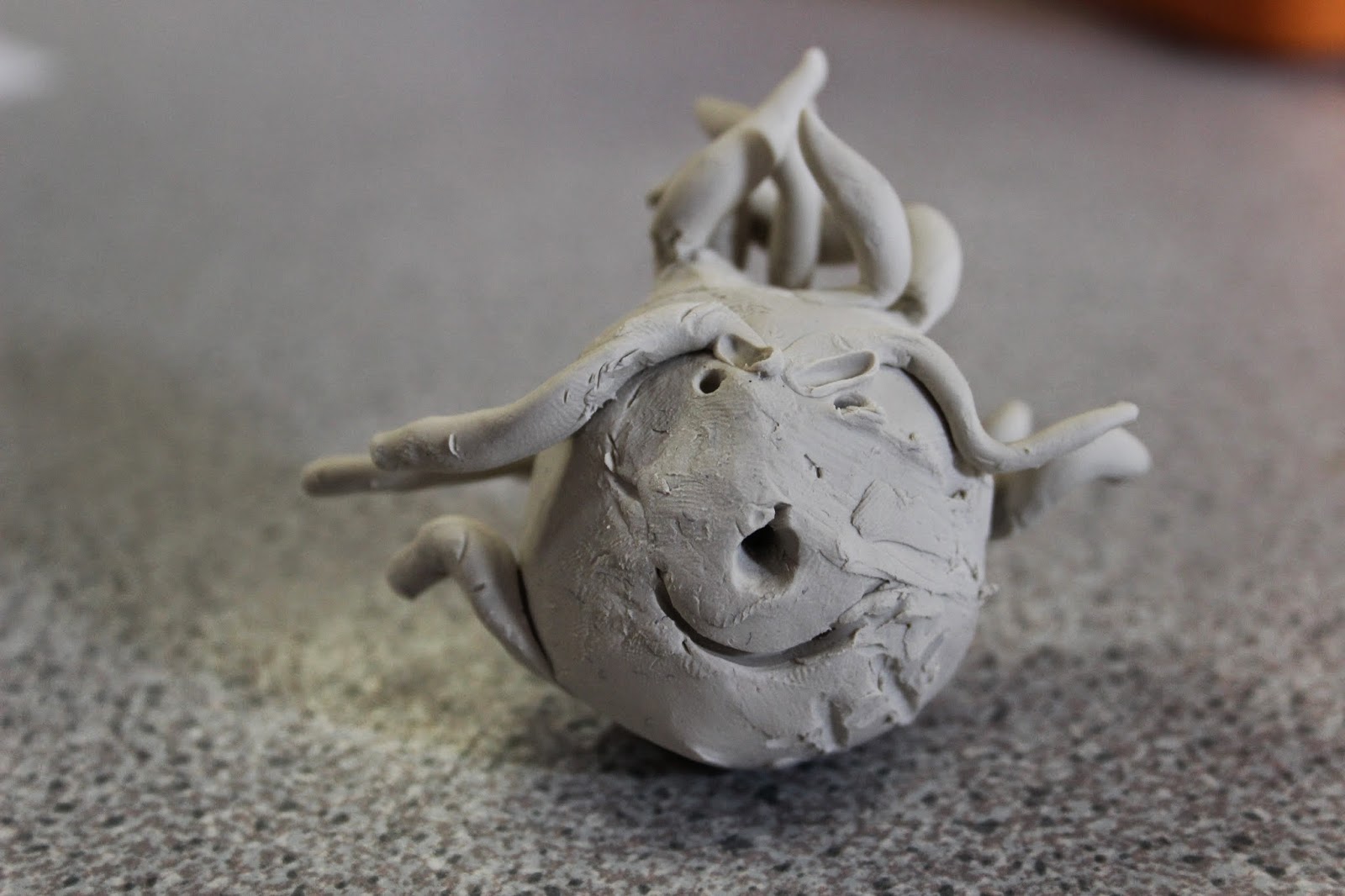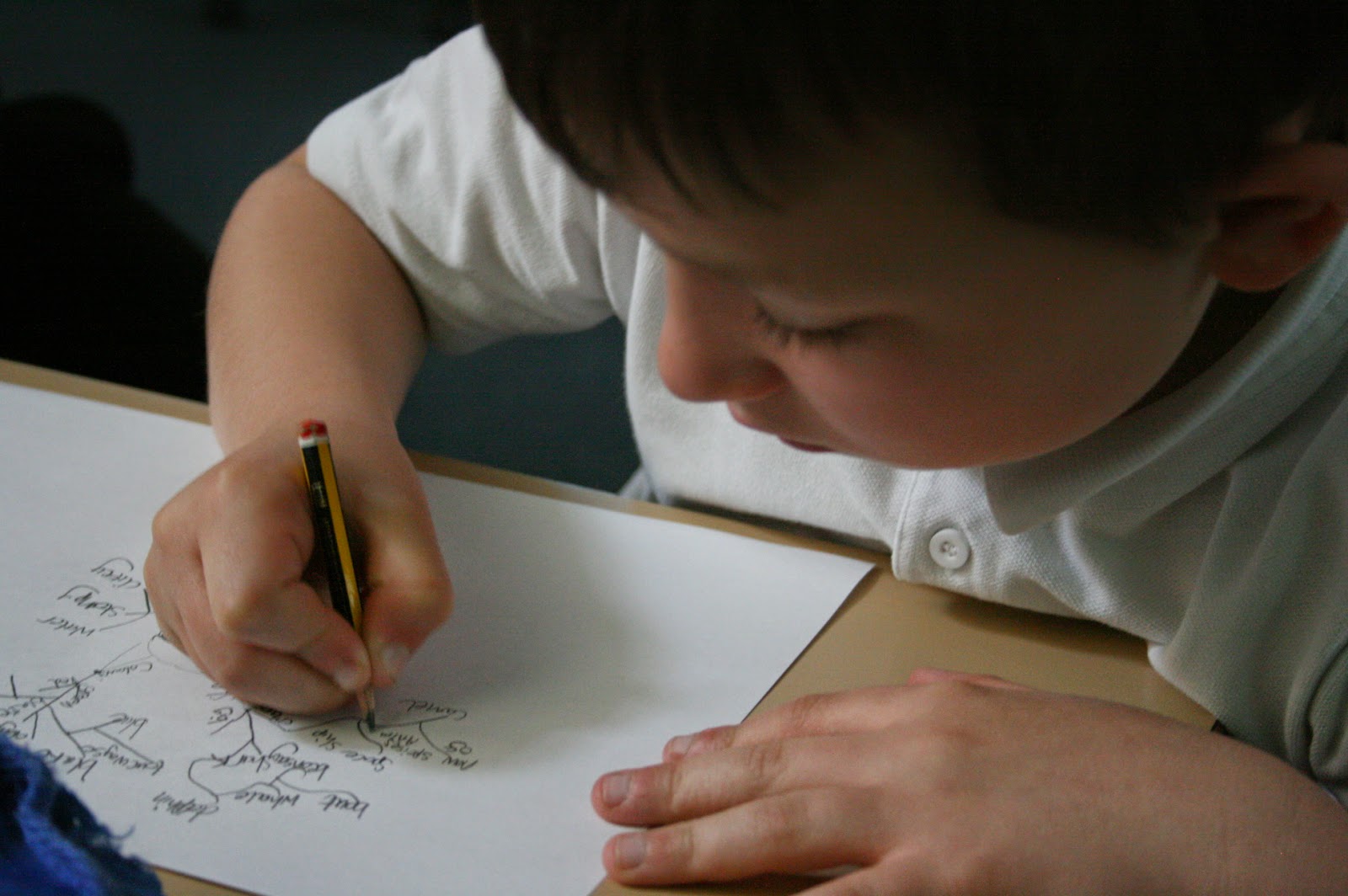Philip Davis uses images and sound to make sure the students he works with can never say they haven't got any ideas.
Here, he recounts some of the exciting projects he's undertaken with schools in the last couple of years, and shares a practical activity for you to try with your own students!
The ‘Whole New World’ project in Netherfield school, Nottingham, aimed to raise achievement and motivation in communication and literacy skills across the school.
The ‘Whole New World’ project in Netherfield school, Nottingham, aimed to raise achievement and motivation in communication and literacy skills across the school.
Every class, from Reception to Year Six, formed part of an imaginary land – oceans, caves, grassland, forests, rivers, lakes and mountains. I used sounds and images to immerse the pupils into their worlds – for example, a bubble machine and the sounds of waves and water were used with Reception.
As well as developing stories, we made books and models of the characters – Year Six even gave them Latin names. Each year group voted one character to represent their part of the land. These were then made into amazing sculptures using Sherwood oak. They are now in the playground as inspiration for more storytelling and poetry. Structures representing the areas of the land were also built around the playground and the pupils took an active role in doing this.
After the sound has been played, give the pupils a few minutes to gather their thoughts and then share the ideas. Get them to write down everything that comes into their heads and encourage as much detail as possible. Rather than saying ‘there is a forest behind the door’, ensure that the atmosphere, colours and all the small details are described.
Once the pupils had decided what their part of the land was like, they all developed a character. Their characters then became part of stories, and the students used their own images and others with sounds on the map templates.
 |
| A Sherwood oak sculpture at Netherfield School |
Another interesting project I have undertaken with many schools is called ‘Element’, a week-long project based on the four elements – fire, water, earth and air.
The starting point of the whole week is poetry. I put together a collection of images and sounds to inspire ideas. Each pupil writes a poem based on what they experience from those images and sounds. I then collect all the poems and combine individual lines to create four songs – one for each element. Each class learns their song and the enthusiasm shown is wonderful when they realise it is their words being used with the music.
As part of the ongoing development of the methodology used in the Elements project, I have also designed sounds to inspire characters that represent the elements. I do this through something I call 'Sonic Moulding' – creating a three-dimensional model from sound. The diversity and imagination shown in this activity is stunning. Last year, I ran the project in four schools and not one model has been the same. It is an activity that both adults and children love.
 |
| The product of 'Sonic Moulding' |
These models are then used as the basis for character descriptions. The engagement of the pupils is fantastic – they just love talking about their models, even giving them voices. Some pupils have even gone on to make short, stop-frame animation films with their models. There are so many possibilities.
The Elements project continues with sonic painting, drawing from sounds, poetry performance, expressive dance, song and sound design. Everything is put together for a special performance for parents and other invited guests. The pupils are encouraged to take an active role in all the preparations of this show.
One parent said to me about his son in Year 4: ‘He usually doesn’t talk about school but this week he hasn’t stopped. He’s loved every minute.’
Try something like this yourself!
You will need:
- An image of a door (either on screen, or printed - make sure if you print it to have enough to distribute among the pupils)
- Two sounds of your choice
- Paper/pens
Put the image of the door on the screen.
Tell the pupils that the first sound they will hear represents a setting behind the door. Ask the pupils (you can do this with any age – even adults love it!) to write down or draw what settings they ‘see’ behind the door. As sound affects us all differently, it is very possible that each individual will have many, unconnected ideas – this is fine and should be encouraged.
 |
| One Year 1 class used the sounds to imagine a scary, cold cave |
Students can jot down their ideas on mindmaps like the one to the right or post-it notes.
The second sound represents a character. It is important to mention here that you do not want your students to come up with a character from fiction, but an idea of their own. Students can base them on characters they know from fiction, but do encourage them to be original. It works.
Now your students have both a setting and a character - let the creative works commence!
This blog post has been adapted from the article Philip wrote for Creative Teaching and Learning magazine. You can purchase the fab full article here.
Find out more information about Philip and his work here.
Watch the video below to see some of the amazing creative responses generated during the Elements project.
Find out more information about Philip and his work here.
Watch the video below to see some of the amazing creative responses generated during the Elements project.


No comments:
Post a Comment